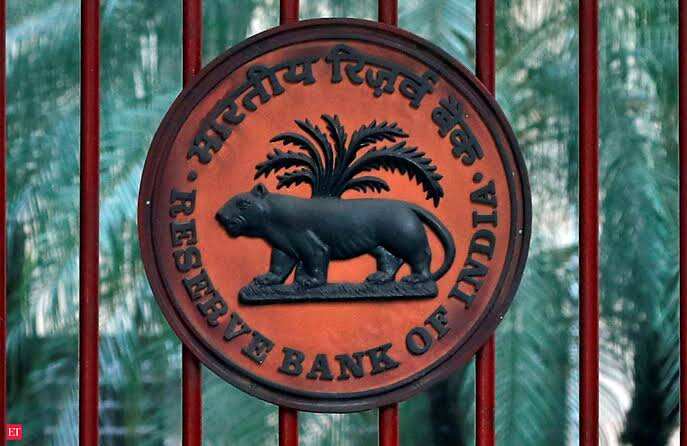Break the chain: IBA asks banks to restrict services in view of surge in Covid-19 cases
[ad_1]
Read More/Less
The Indian Banks’ Association has asked banks to follow the Covid-19 pandemic related standard operating procedures (SOPs) it issued last year, whereby they will provide only essential customer services, business hours will be shortened, and employees will be called on rotational basis to break the transmission of the coronavirus in the second wave.
Under the SOPs, banks will continue to provide four essential services — cash deposits and withdrawals, clearing of cheques, remittance and government businesses.
The State Level Bankers’ Committee (SLBC) of each State/ Union Territory will review the situation in its area and decide on additional services that can be provided.
The Association said working hours (business hours) could be restricted from 10 AM to 2 PM. Door-step banking activities should be encouraged.
The SOPs recommended that employees may be called on rotational basis or be allowed to work from home as the case may be depending on the nature of job, staff position and size of the establishment.
Ideally, 50 per cent of the employees may be called for “in person” duty on rotation basis.
The SOPs require strict adherence to social distancing, management of customers, health and sanitation, wearing masks and gloves, in the bank premises.
IBA advised banks to explore arrangements with hospitals to provide all emergency medical facilities required for the staff in the event of Covid infection and also for staff requiring intensive medical attention.
Banks may also arrange for emergency medical help kits at the district/city level to ensure immediate support for staff members.
Unlike last year, the states are now issuing guidelines for breaking the chain of the Covid-19 pandemic. According to the Association, depending on the gravity of the local situation, banks may have to follow different Covid protocols in different states/districts.
IBA said its list is only indicative and banks are encouraged to adopt additional measures for the safety and security of the employees.
The Association had issued the first SOP on March 18, 2020 to enable banks to draw up business continuity plans. Subsequently, it also issued an appeal to all bank customers to avail of limited services at bank branches so that physical visits to banks were avoided as far as possible.
IBA issued the second SOP on April 28, 2020, guiding banks to resume full-fledged services and at the same time to ensure safety of the staff and customers.
The United Forum of Bank Unions (UFBU) had appealed to IBA to issue appropriate instructions to bank managements to restrict banking services to essential activities in view of the second wave of the pandemic.
In a letter to the Association’s Chairman, Rajkiran Rai G, UFBU said the pandemic situation has turned into a matter of grave concern.
“Bank branches, with continued footfalls and across-the-counter connect with customers, are potential hubs of infection,” Sanjeev K Bandlish, Convenor, UFBU, said
[ad_2]
 Another major aspect that investors will keenly watch is the impact of the
Another major aspect that investors will keenly watch is the impact of the